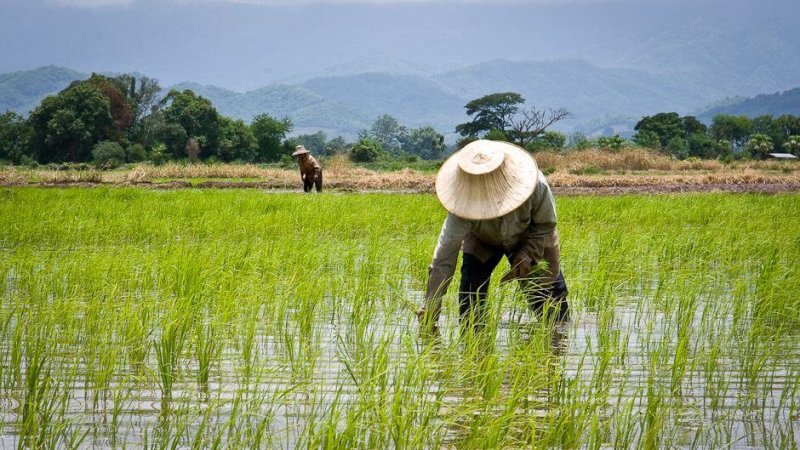For more than half the world’s population, rice is on the menu every single day. As a crop that can be grown on every continent, we have come to rely on it heavily. But there’s a catch. Requiring waterlogged paddy fields to grow, rice is an extraordinarily thirsty crop.
With the advance of climate change, extreme events such as droughts and flooding are becoming more frequent. Finding staple foods such as rice that can survive an unreliable water supply is essential to the world’s long-term food security. So, too, is finding ways to make the use of water in all areas of agriculture more precise and efficient.
…
Instead of searching for varieties that are already drought-resistant, another way is to bioengineer rice to require less water from scratch. This is what Julie Gray, a professor of plant cell signalling at the University of Sheffield, is working on. The industrial British city might seem like an unlikely spot for rice research, but Gray’s rice growth room houses experiments on rice whose stomata – microscopic pore-like structures in leaves and stems – make them more resilient to drought.
Read full, original article: A staple food to withstand disaster































